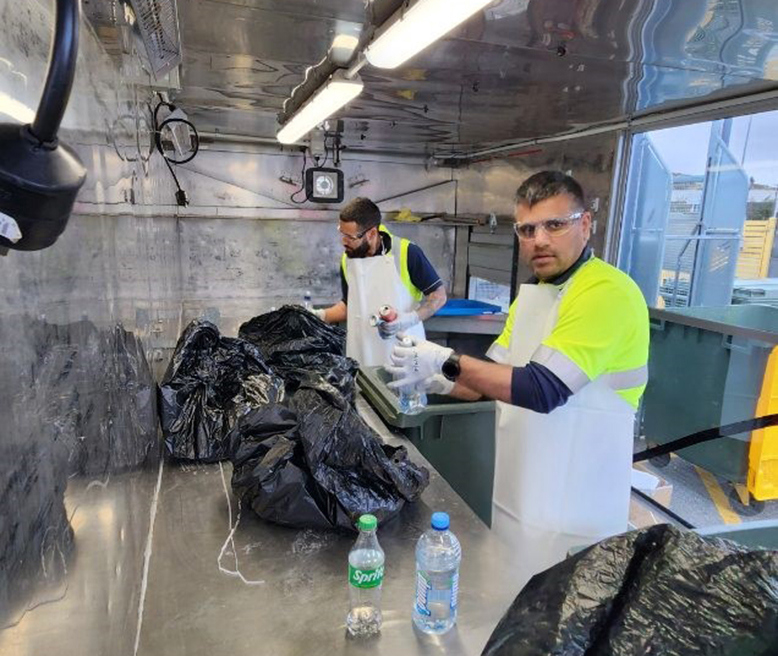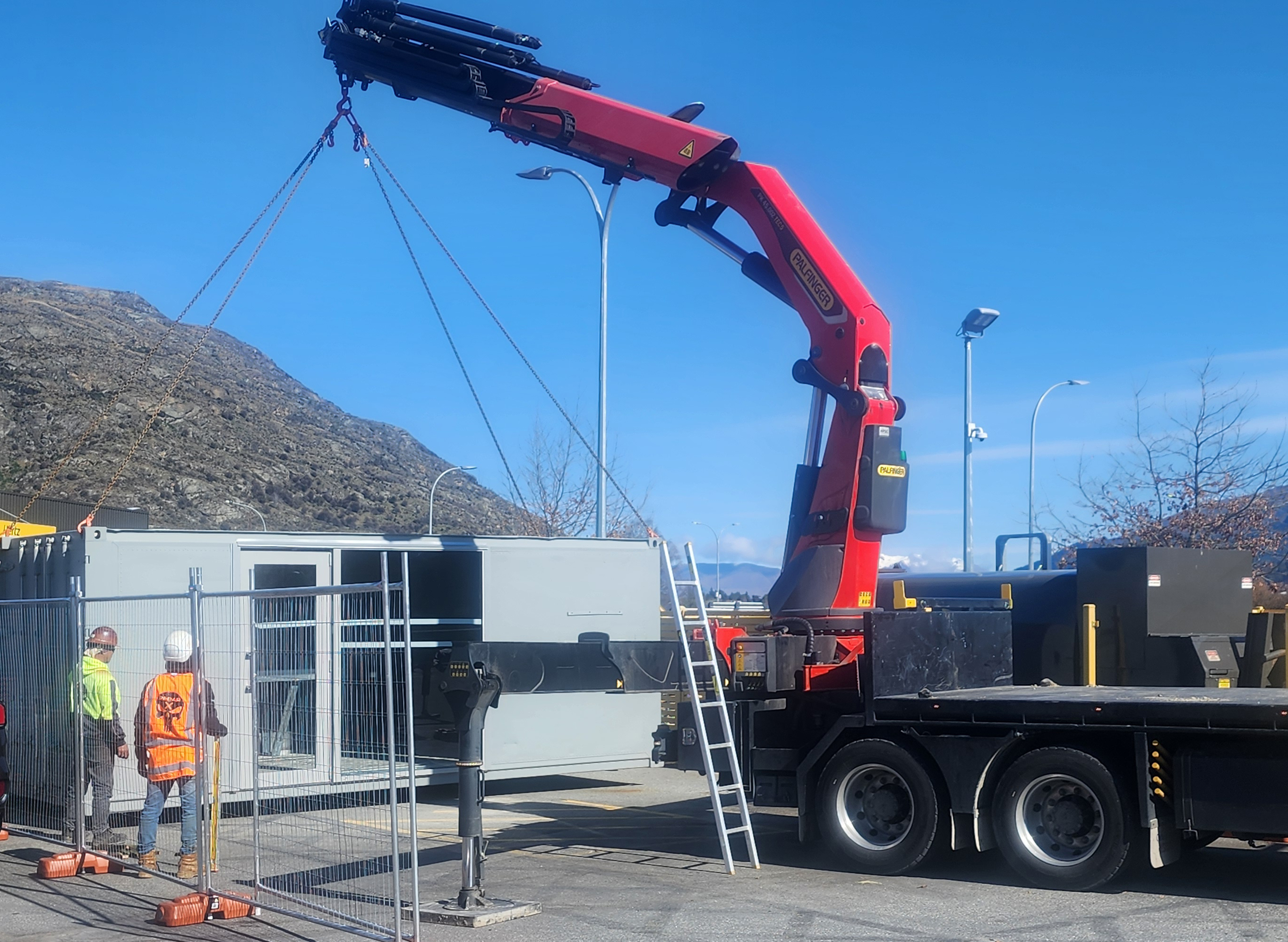
What could be more perfect than a recycling sorting station cobbled together from recycled materials? That is what we have just created to deal with contaminated waste.
Travellers leave all sorts of rubbish at Queenstown Airport. Added to that is the waste from the offices, cafes, lounges, and shops. It quickly piles up, it is bad for the environment, and it is costly to dispose of, so we're going to war.
We already have a well-established composting programme to deal with food scraps and other organic material, and we have just added extra bins to increase its capacity.

We also have indoor and outdoor waste bins clearly marked with icons and signage in several languages encouraging people to separate glass, cans, and plastic bottles from non-recyclable waste.
However, it is difficult to get people to do the right thing.
A waste audit in March revealed that more than half the waste sent to landfill from Queenstown Airport could have been composted or recycled if it had had been sorted properly.
An education campaign targeting our own staff, tenants, and other airport workers is about to be launched. We're asking them to put all food waste in a compost bin, to rinse and recycle glass and plastic containers, and to take a reusable cup when buying coffee. We've also enlisted the expertise of Wānaka Wastebusters to provide advice and personal training sessions for the wider airport community.
Changing the behaviour of people travelling through the airport is more challenging – although we won't stop trying.
In the meantime, we have decided it is time to start manually sorting the rubbish.
To do this, we need a sorting station, but rather than building something new, our clever assets team and metalwork contractors have scavenged and repurposed materials.
They started with an insulated shipping container that was previously used for storage and added a disused glazing unit and light fittings. Stainless steel benches salvaged from two Queenstown businesses are supported by struts made from Rondo steel offcuts. Mesh came from an old section of perimeter fencing and a tray from a baggage make-up unit has found a new use. A hoist has also been added to lift and tip the heavy glass recycling bins.
The result of this circular project is a space that is bright, comfortable, and efficient to use. We're looking forward to our next waste audit, and hoping to see lower rates of contamination and much less waste going to landfill.


